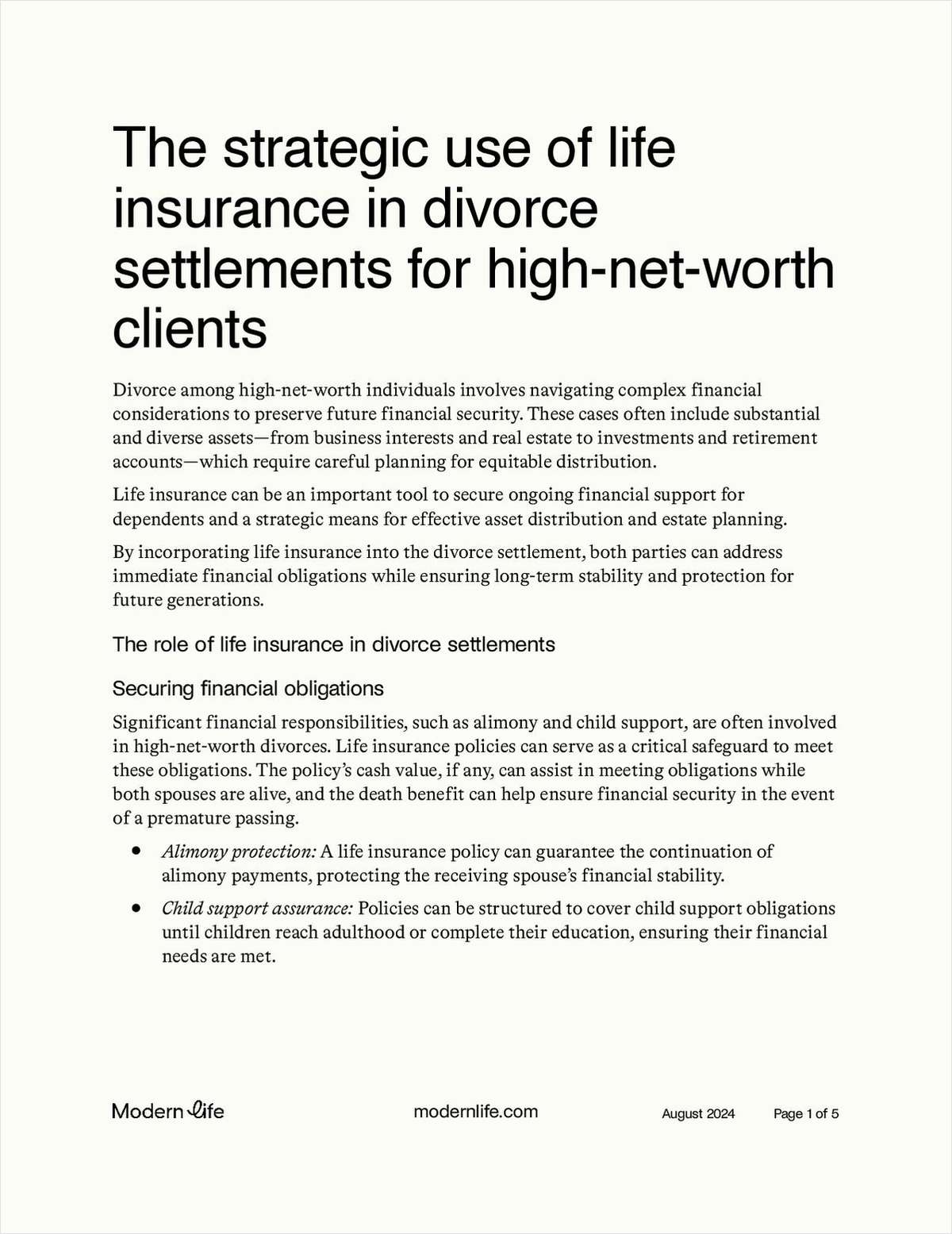What do you get when you put a low savings rate, less reliance on government and defined benefit plans, and an aging population together?
Trouble, according to Robert Henrikson, chairman, president and CEO of MetLife Inc., unless insurers start focusing on providing income planning to consumers. Henrikson spoke during the "Seventeenth Annual Executive Conference for the Life Insurance Industry" here. The meeting was organized by The Conference Group, a sister company of National Underwriter Life & Health.
Attendees at the conference were offered an array of statistics from various sources indicating the growing need for insurers to step in and provide help with income planning.
Some of the facts Henrikson cited are:
–50% of American citizens live paycheck to paycheck.
–Defined benefit plans have declined from 112,000 in the mid-1980s to around 30,000 today.
–The average $7,289 spent on each employee by employers for family health insurance coverage and the average $3,137 for single coverage is encouraging employers to shift costs to employees.
–One in three people are disabled at least 3 months during their careers; one-quarter of singles have no interest in disability insurance and one-third of executives have no disability insurance.
–A third of families have 3 months or less of savings and other income if income is disrupted by a disability.



